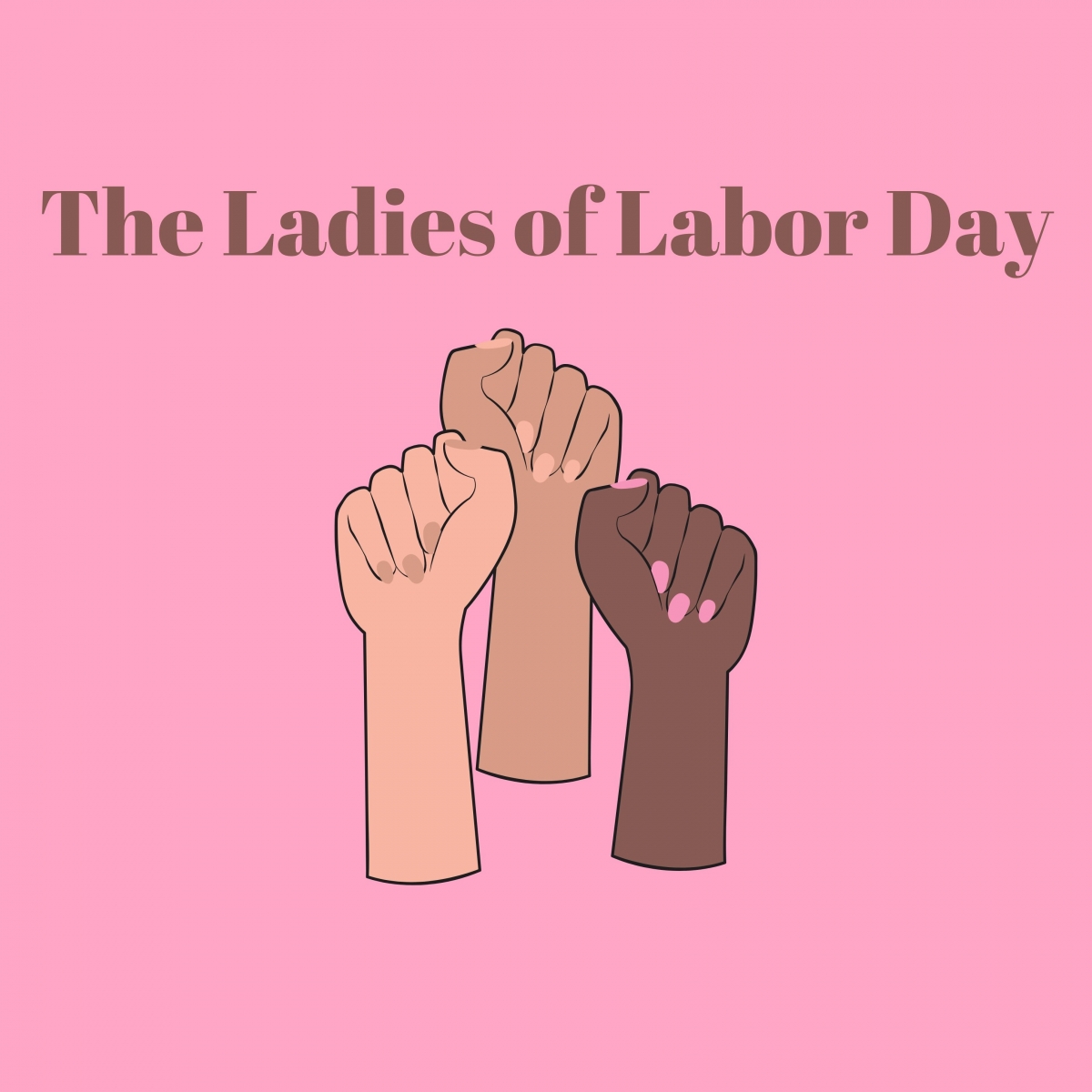The Ladies of Labor Day

In 1894, congress voted to approve Labor Day as a national holiday. The vote took place just days after the deadly Pullman Strike, in which workers of the Pullman Palace Car Company in Chicago went on strike to protest wage cuts and the firing of union representatives, placing workers’ rights front and center in the public’s view.
But even before politicians tried to appease exhausted, fed up workers by instituting a national holiday intended to celebrate said workers’ contributions to the United States, several labor unions around the country had already begun celebrating Labor Day.
The first unofficial Labor Day took place in New York City in 1882, when ten thousand workers, organized by the Central Labor Union, took unpaid time off to march to Union Square in New York City. Throughout the 1880’s, individuals, unions and states began celebrating Labor Day, or “working men’s day,” on the first Monday in September, and in 1887, Oregon became the first state to pass legislation officially recognizing Labor Day. Before the federal government caught up in 1894, 30 states had officially recognized Labor Day.
Did women play any part in what was long known as “working men’s day?” Of course they did.
One of the earliest labor unions in the United States was formed in 1845 by women working in the Lowell Mills in Lowell, Massachusetts. Even before the official formation of the Lowell Female Labor Reform Association, women at the Lowell Mills were doing what they could to improve working conditions. Almost one hundred years before women earned the right to vote, the Lowell Mill women drew up petitions, signed by thousands of working women, to take to the state and federal legislature.
Among other conditions, they lobbied for 10-hour work days, an improvement from the 14-hour days they were used to. In 1846 the LFLRA took control of the Voice of Industry newspaper which disseminated timely information from the LFLRA as well as the New England Workingmen’s Association.
Related Items
Freed black women who worked as laundresses in Mississippi formed their own union in 1866. They subsequently went on strike to demand higher wages. In 1869 - still before the first informal Labor Day celebration in New York City - women shoe stitchers from six states formed the first national women's labor organization, the Daughters of St. Crispin.
Despite women’s important contributions to organizing unions, when the American Federation of Labor was founded in 1886, leaders denied membership to women. It wasn’t until 1903, when the Women’s Trade Union League was formed under the umbrella of the AFL, that there was a national association for organizing working women.
It was women, led by Mary Harris “Mother” Jones, who brought the plight of child workers to the attention of the nation. As part of the Women's Trade Union League, “Mother Jones” led a 125-mile march of child workers so that national leaders and members of the press would be exposed to their poor working conditions.
In the early 20th Century, most women in the United States still did not work outside the home; however, women of color were twice as likely to do so. Women of color were also more likely than white women to remain working after marriage.
Throughout the 20th Century, the number of women in the workforce rose steadily. Necessity, like war and depression, drove women into the workforce and cultural norms trailed closely behind, shifting to normalize women working outside the home.
According to the Brookings Institute, the gap in earnings between women and men, although smaller than it was years ago, is still significant; women continue to be underrepresented in many industries and occupations.









